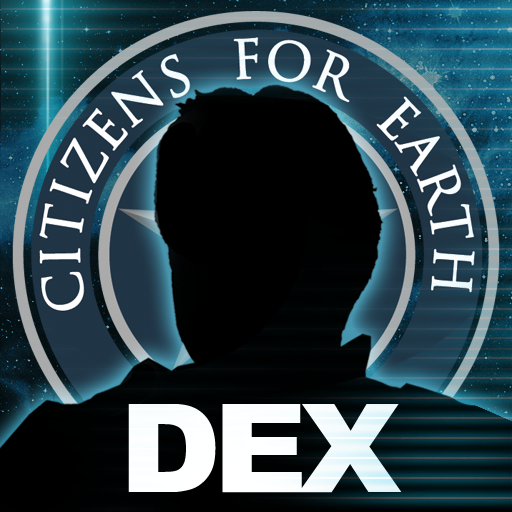Tactics for Game Design Part 1
Pre-Production - Where It All Starts!
Art by Kevin Anderson
There are a ton of different ways to implement your game design. Some considerations may include team size, member experience, difficulty level of the project and resources. Of course, big publishers may have team sizes anywhere north of 50 or even 100 people, and their approach to design may necessarily be different than 10 indies doing a "garage" project. Having stated all that, it might be fun to look at how we are doing things at Codex Worlds.
First, let's look at some of the thought processes in pre-production that led us to our current game, Infinium Run.
- 80/20 Rule: Pre-production is a preparation phase where we define what we are making, who will make it and what processes we will use to make it. In addition, we setup a gold standard for the project. "80/20" refers to our target - what features and design we choose to look at critically. As a team we try to hit 80% of the game design on paper by the end of pre-production. Obviously, it will take playing, testing and balancing to prove our assumptions in game design, but it is a worthy cause to strive for as much detail as possible on paper to avoid any pitfalls before entering production.
- Design Team: We consider initial design an early and important milestone. We decided early on to have a team approach to design where Michael (Production Director) and myself (Producer) would take the lead in design. In addition, we thought it would be important to get our resident master-rated Starcraft player, Cameron, involved as a designer because he represents the young, E-Sport gamers that are so important to today's gaming culture.
- Decentralized Development: We realize the additional challenges of having a decentralized team spread out over several locations in the US. When we don't have the benefit of seeing each other in the office, documentation and daily meetings become that much more important.
- Product Management: The decision process behind deciding what type of game to make is just as important as the game-making process. Just because we can make it doesn't mean the market wants it!
- Take a "funnel" approach to look at trends in the market that a company with our size can compete in. Obviously, our 24-person team cannot create the next World of Warcraft or The Last of Us, but with digital distribution and powerful development tools like Maya and Unity, the possibilities are still quite large. So, start at the top of the funnel and look at everything - then whittle it down to what is our first platform, second platform and what genre the game is.
- We decided early on multi-platform is important to us because we believe good game design transcends individual platforms. Considering the large amount of company resources going into design, we want our first product to be a high production level 3D product, which greatly increases our team size (given that over half of our team are artists).
- Game Design: The debate on the value of designing games on paper is a heated one. I have seen the value of game designing on paper before diving head first into full production, but of course, it will never be 100% complete in pre-production. We shoot for 80% and hope for something north of 50% of the game design. :)
- The primary benefit of putting things down on paper is that designers are forced to try to solve problems early on. Hypothetically, if there are 100 problems to solve and we solve 80 of them in pre-production, then when we have a team of 20 cranking away on the project they will have less variance in development because we have already made many decisions prior in pre-production. Features like resource systems, scoring systems, reward systems, inventory systems, high concept, art direction and so on all help production people be more efficient.
- "Don't let the tail wag the dog!" This is a favorite saying of mine. Even though I drone on about the importance of designing on paper, nothing beats getting feedback from team members and consumers - so, be ready to modify the design to encompass the new feedback! I have seen too many times where production people and designers take documentation literally and become lemmings...game development is difficult, and "finding the fun" is even more difficult, so feedback is key. Don't follow the written word blindly...instead, update it with the latest feedback.
- I mentioned the decentralized team communication challenges, but also teams larger than 3 people need to follow some standards for documentation. I've seen many production teams get lost in the weeds with the simplest task because it was not clear what they were trying to achieve. As an example, take a "Save Game" feature. Understanding all the options for saved games is critical for a programmer to implement and achieve consumer satisfaction. Yet, there are many ways to screw up a game design because of poor save game features.
Twitter @Dex_CodexWorlds
Next Blog: Tactics for Game Design 2


